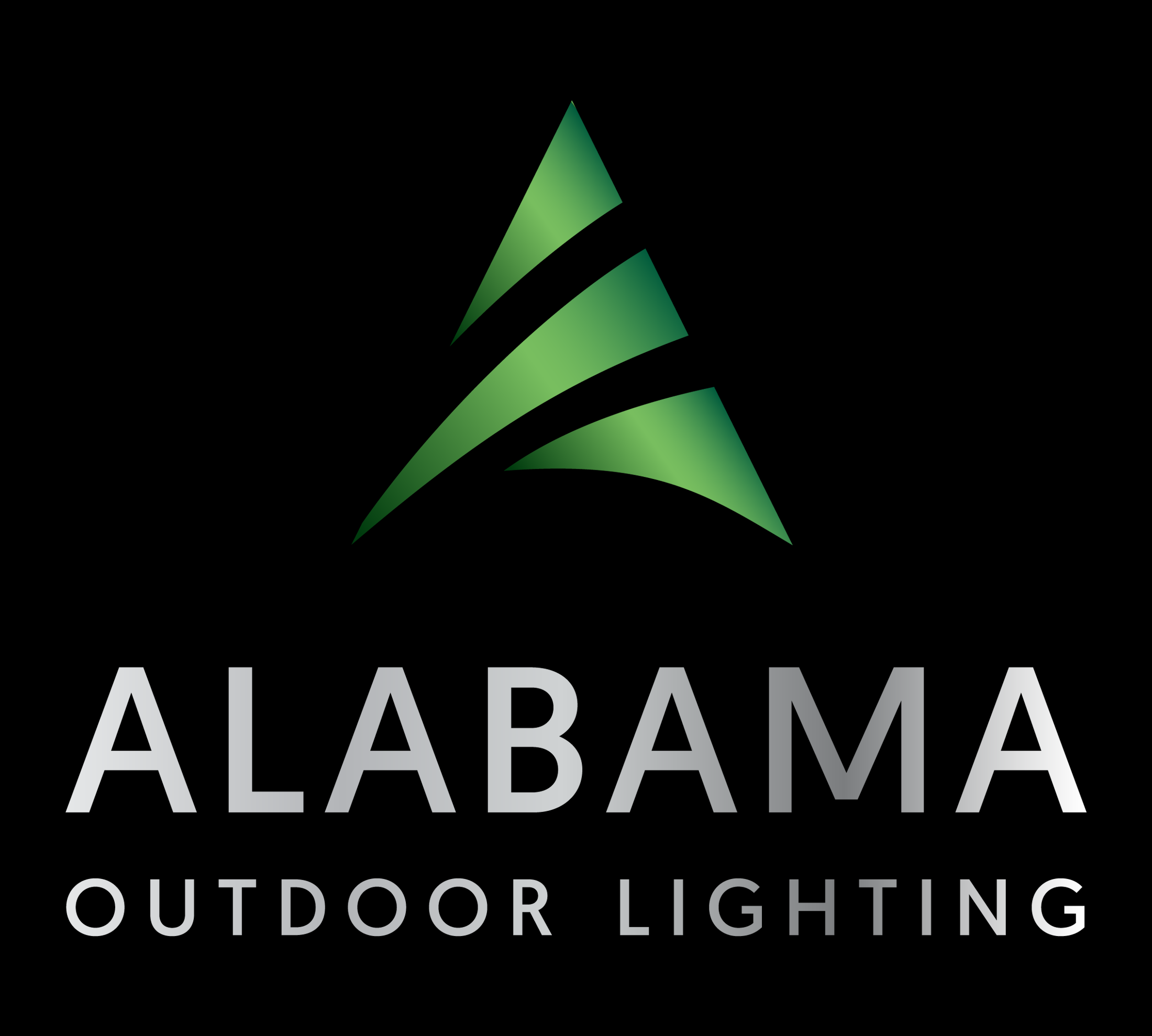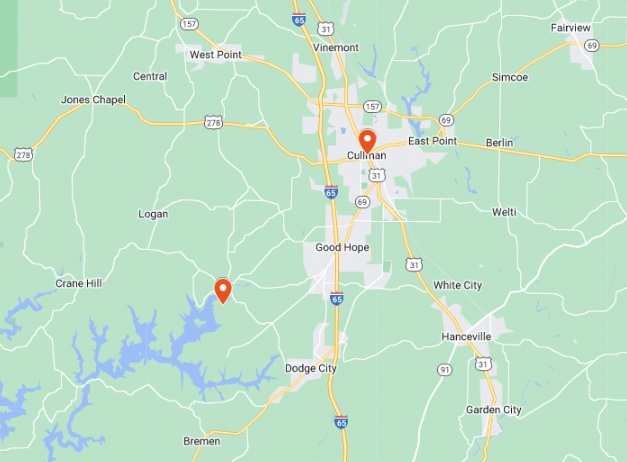The costs involved in creating and installing landscape lighting vary widely. The complexity of the lighting design and the number of lights used will determine the price. The most popular form of landscape lighting is path-lighting. This type of lighting uses a down-lighting technique and is shorter than traditional landscape lighting fixtures. This method is generally less expensive than the other types of lighting. To understand landscape lighting costs, consider some of the most common types of lighting. A great post ahead.
Path lighting
Installing and maintaining path lighting is a major part of landscape landscaping. There are several ways to save money on this project, including LED lights, which have a longer lifespan than traditional halogen bulbs. Other costs that can add up include transformers and cables, which can cost $50 per foot. If you are planning on installing path lighting yourself, you may want to hire a landscape lighting professional. A good help guide should include a breakdown of lighting types and how much each cost. You will also need to consider the style and location of your home and property.
There are three main approaches to installing path lights. The first approach is the most common and involves using sensors to detect when a person walks by. The second approach uses natural sources to provide light, such as sunlight. Ultimately, it adds safety elements to your landscape without costing a fortune. While the safety approach uses artificial sources, the natural approach is beautiful, while the cost-efficient method makes use of natural light.
Well lights
Depending on the amount of space available for the installation, you can choose between post-mount lights and well-lights. The former are used as architectural lights, mounted on posts on the top of structures. They are often used around decks, gates, and entryways. Well-lights are recessed lights that provide soft, ambient lighting. These fixtures are perfect for illuminating architectural features, such as trees.
When choosing landscape lighting bulbs, you should consider the color temperature (K) of the light. The higher the K value, the more similar the light is to sunlight. Most lighting fixtures come with K-value labels, and high-quality aluminum bulbs are the most desirable. For a warm-toned light, you should choose bulbs with a kelvin value of 3500K to 4100K. To avoid accidental damage or over-heating, choose LED bulbs.
Well lights in groundcovers
In-ground landscape lights, also known as well lights, are an excellent way to accent your yard’s features. These fixtures are typically made of brass with a PVC lining to keep out rain and debris. If you live in an area prone to flooding, you may want to choose a fully submersible model. These fixtures are also waterproof. The installation process is easy, and they are generally cheaper than hiring a professional.
In addition to the fixtures, you’ll need lighting accessories to connect the lights and provide power. These can be purchased individually or as a complete kit from a landscape lighting company. Individual fixtures can range in price from $3 to $400 depending on the size of the project, type of lighting, and the type of bulbs used. The costs of these accessories may vary depending on the type of lights used and the amount of wiring that needs to be done.
Well lights in lawn statues
Well lights are in-ground fixtures that do not interfere with the landscape. Waterproof LED well lights are designed to hide the bulb inside a waterproof housing and are the perfect way to highlight architectural features, large shrubs, and trees. They can also be used to illuminate the base of a wall or the underside of a plant’s foliage. Well lights come in both fixed and swivel versions and are an excellent choice for landscape lighting.
Outdoor lighting systems are generally comprised of a 100 to 1,200-watt transformer and 12 to 15V fixtures. Landscape architects can choose from dozens of fixture types, including flood lights, spotlights, and well lights. Spotlights direct light upward, while well lights shine light into the ground from below. In addition to spot and flood lights, well lights are also used to highlight pathways. Well lights are often set into the ground near a statue or other structure.
Well lights in bushes
The use of well lights for landscape lighting is very versatile. They can be used for various purposes, including highlighting house features and tree trunks. You can also use them for planting foliage. They come with a waterproof housing, making them perfect for planting in bushes and highlighting trees and structures. Downlights are high-angle fixtures that sit atop larger man-made structures, such as bushes and trees. These fixtures can create a moonlit effect on paths and pathways.
If you are planning to install a landscape lighting system, you should consider the cost of the materials and labor. The materials and labor for installing lights can be expensive, so you may want to hire an electrician. Before beginning any landscaping project, it is important to find out whether your current transformer can handle the voltage needed. Adding an extra transformer to your home can run anywhere from $350 to $1,500. You can also add a remote-control system to your existing lighting system. These devices can be operated via smart phones or tablets. Discover more interesting article.

